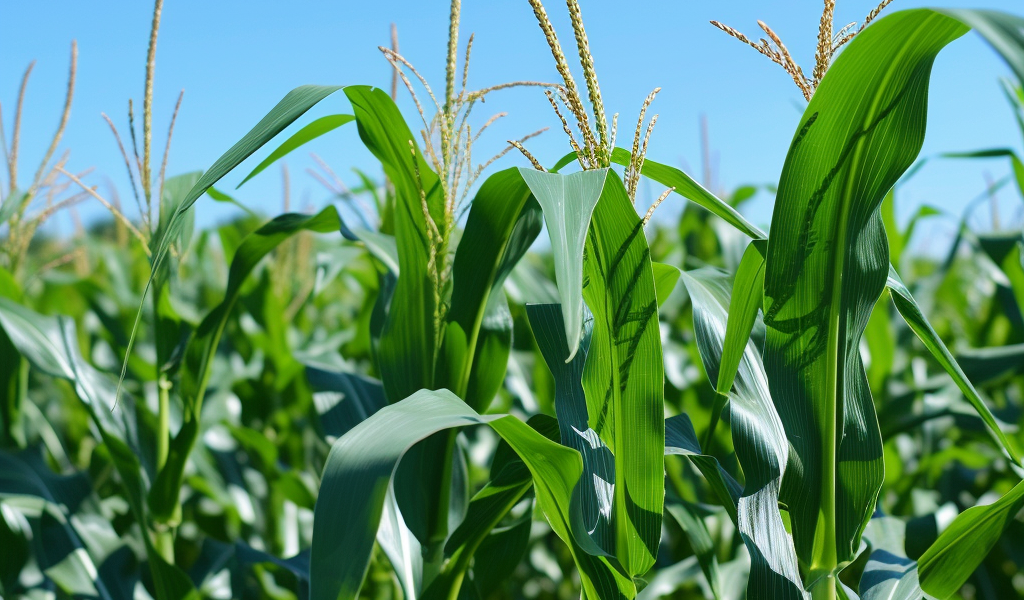In a breakthrough study, researchers at the University of Illinois Urbana-Champaign have made significant progress in developing disease-resistant corn. With the unpredictable nature of disease dynamics in a changing climate, the discovery of corn with resistance to multiple diseases is a major win for growers.
The study, published in G3: Genes, Genomes, Genetics, identified genomic regions associated with resistance to four major diseases: Goss’s wilt, gray leaf spot, northern corn leaf blight, and southern corn leaf blight. This groundbreaking finding paves the way for the development of corn varieties that can combat multiple diseases simultaneously.
Tiffany Jamann, the senior author of the study and an associate professor in the Department of Crop Sciences at the College of Agricultural, Consumer and Environmental Sciences (ACES) at U. of I., expressed the significance of the findings. “We not only found regions of the genome conferring resistance to each disease but also identified a handful of experimental corn lines that were resistant to all of them. These findings should help the industry develop materials with resistance to multiple diseases at once,” said Jamann.
The research team employed strategic crosses between disease-resistant and susceptible corn lines to map resistance traits to specific locations in the genome. Although the identified regions are currently relatively large, comprising hundreds of individual genes, this discovery marks a crucial step towards understanding the genetic basis of disease resistance in corn.
According to the researchers, the identification of these important regions is a significant advancement, as disease resistance is often attributed to multiple genes rather than a single gene. While specific genes with outsized effects have not been pinpointed yet, the study sets the stage for further exploration into the genetic mechanisms underlying disease resistance in corn.





